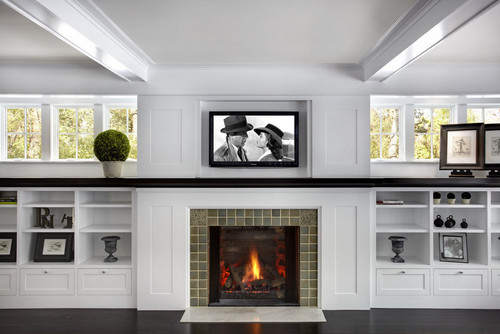In this article, we will explain what is involved in the HMO fire safety and health regulations and how you can comply as a landlord.
In an HMO Fire safety is the landlord’s responsibility
Fire safety within a rental property is of the utmost importance. Indeed, it is the landlords’ responsibility to be aware of fire safety regulations and follow them through. How to increase the rent when the market rises
What are the legal requirements for a fire alarm in an HMO?
If your property is a House in Multiple Occupation (HMO) which is subject to licensing, you must also comply with fire, health and safety. The mandatory conditions include a requirement that the landlord installs smoke alarms, keeps them in working order. Also, they must give a declaration to the local authority, on request, of their safe condition. Points to consider before extending your property
In addition, landlords should:
- make sure that all the gas appliances they provide are maintained in good order
- and that a ‘Gas Safe’ registered engineer carry out a safety check each year.
- maintain all electrical installations and any electrical appliances they provide and make sure they are safe to use.
- make sure any furniture and furnishings they provide meet the fire resistance regulations. The impact of Section 24
Should I record testing my smoke alarms in a log?
We recommend that all landlords keep a record of smoke alarm tests. These records will allow you to demonstrate to regulators and enforcers the measures you have taken to adhere to the Fire Safety Regulations for landlords by mitigating and controlling fire risks within your properties.
The purpose of these logbooks is to help landlords to keep a record of important fire safety risks and precaution in one place. Electrical safety standards for England
Fire doors
Wherever you need to instal fire doors, fit good quality certificated fire doors. In fact, they contain a fire adequately and minimise the risk to tenants and damage to the property.
Landlords should also make their tenants aware of the importance of not obstructing or propping open fire doors for their own safety, especially in communal areas. How to deal with moulding at a rental property
Multiple exits
In most properties, there is no specific regulation in place requiring landlords to provide tenants with a secondary exit in the event of a fire. However, landlords must mitigate the risk of fire, e.g. by making front doors fire-retardant.
However, for HMO ire safety, landlords should not just do the legal minimum to protect their property and tenants. They should everything they can.
For HMOs this should include:
- Keeping all exits clear from obstructions
- Clearly marking fire exits
- providing clear instructions on what to do in case of a fire
- displaying them clearly available to tenants, ideally on the wall in a communal area.
What is West London Property Networking?


